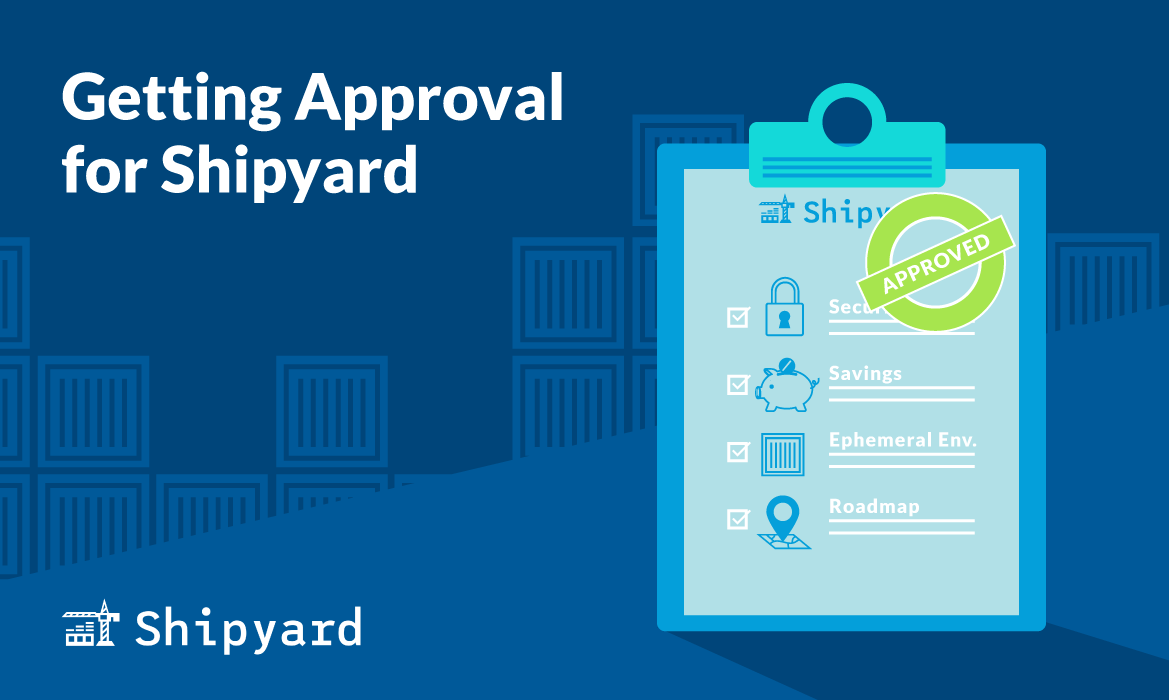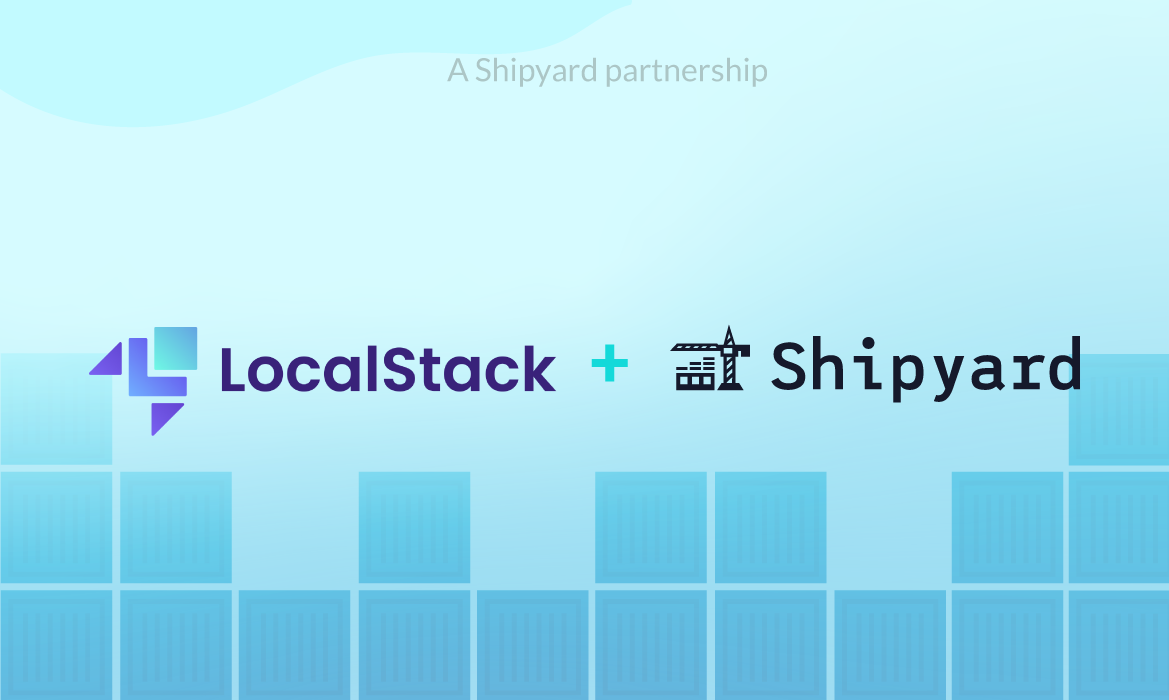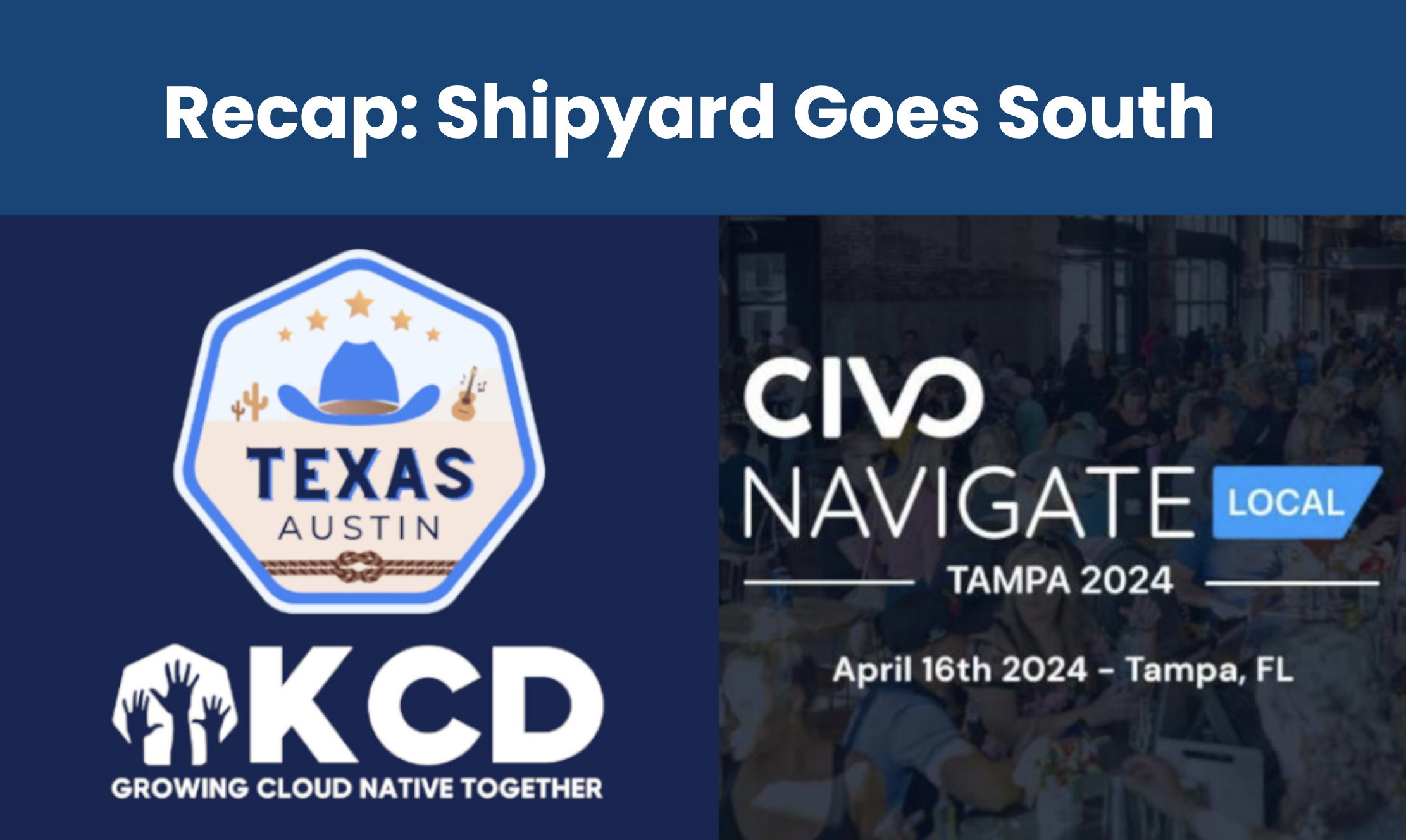When teams want to implement ephemeral environments, they typically need to convince others that it’s a good idea.
We’ve created this article series to help you make the case to others in your organization that you should implement Shipyard, without much effort on your end.
After helping engineering teams from startups all the way to Fortune 10 enterprises make the case, we’ve seen three main questions emerge:
- Why should we prioritize ephemeral environments?
- Does it make financial sense? What’s the business case for Shipyard?
- When should we prioritize ephemeral environments - how much effort does it take to set Shipyard up?
If you’re looking for the fastest, least-frustrating way to get Shipyard implemented at your company, we recommend a 3-step approach:
- Determine who needs to approve & what they need to see
- Set up a sample application as a “demo” of how simple Shipyard is to set up
- Present the “demo” application and bring answers to the above three questions
Let’s dig in.
Step 1: Who needs to approve, and what do they need to see?
Depending on your company’s size, you might have one approver or multiple.
We tend to see approvals needed from three kinds of people. (How do you figure your company’s process out? You can either ask your manager, or ask somebody else who’s gone through the process to implement a new tool before.)
Approval #1: Roadmap approval. This is typically the department leader, whoever owns the engineering / DevOps / SRE roadmap and makes the decision on what gets prioritized, when.
This kind of person is going to ask questions we answer in this article, “Why Shipyard, why now?”
- What value does Shipyard bring to our engineering team, developer experience, and development process? (This is where a technical demo helps.)
- Why should we implement Shipyard vs. the million other priorities we could do right now?
- How much effort does it take to implement Shipyard?
Approval #2: Technical / security approval. This may be the same person as the roadmap approval, or might be a separate IT, security, or procurement department. For these approvers, our security documentation is usually enough.
The approval process here will depend on your organization: Startups usually just have a single department head sign off on new technology, while big procurement organizations have a formal process that takes weeks or months to go through.
If you need help navigating this, please reach out at hello@shipyard.build! We’re happy to share tips and tricks from many other engineering teams who’ve gone through this approval process.
Approval #3: Financial / budget approval. This is often either the finance department or the department leader.
Fortunately, there’s a very simple financial case to make with Shipyard, as we outline in this article.
The short answer: With Shipyard, your pre-production cloud costs go to zero. And Shipyard costs less than your pre-production cloud costs. Shipyard actually saves your organization money. (We designed it that way, in part, to make budget approvals simple!)
Now what?
Once you know exactly who needs to approve Shipyard at your organization, we recommend:
- Setting up a Shipyard trial and getting roadmap approval
- Going through technical / security approval and financial / budget approval
Here’s how:
Step 2: Set up a Shipyard trial to get roadmap approval
It’s great to talk about ephemeral environments in theory. It’s better to give a working demo of a sample application. Why? Because:
- You can talk about how easy it was to set up a Shipyard trial
- You can show the developer workflow with a real example, which gives everyone that “lightbulb” moment
However, if you just want us to do a demo for your team with a sample application we set up,
How do you set up a Shipyard trial? Two simple options:
- Meet with one of our technical experts who can help you set up your trial in ~1 hour or less
- Do it yourself, with either:
- Your whole application
- A specific part of your application
- Or a sample application
If you choose to do it yourself, here’s the link to get a free trial started, and here’s the link to our quickstart guide. This should be the easiest part of implementation - it is much easier to get Shipyard set up than to jump through approval hoops! (And much more fun, usually.)
How to hold the roadmap approval meeting:
- Explain “Why ephemeral environments, why now”
- Demonstrate the sample application and explain how easy it was to set up
- Estimate the amount of time it would take for you to get Shipyard fully implemented
- Share the financial case for Shipyard (use this blog for help)
Step 3: Get technical & financial approvals
Once you get your department head’s approval, technical & financial approvals are more like project management than sales: You just have to check the right boxes and complete whatever forms they need from you.
If you need help getting technical & financial approvals, our team is happy to give you templates and advice. Schedule a call here or join our Slack.
Conclusion
As with any well-designed devtool, technical onboarding is the easiest part. But with this guide to getting organizational sign-offs, we hope the buy-in part isn’t quite so soul-crushing either!




